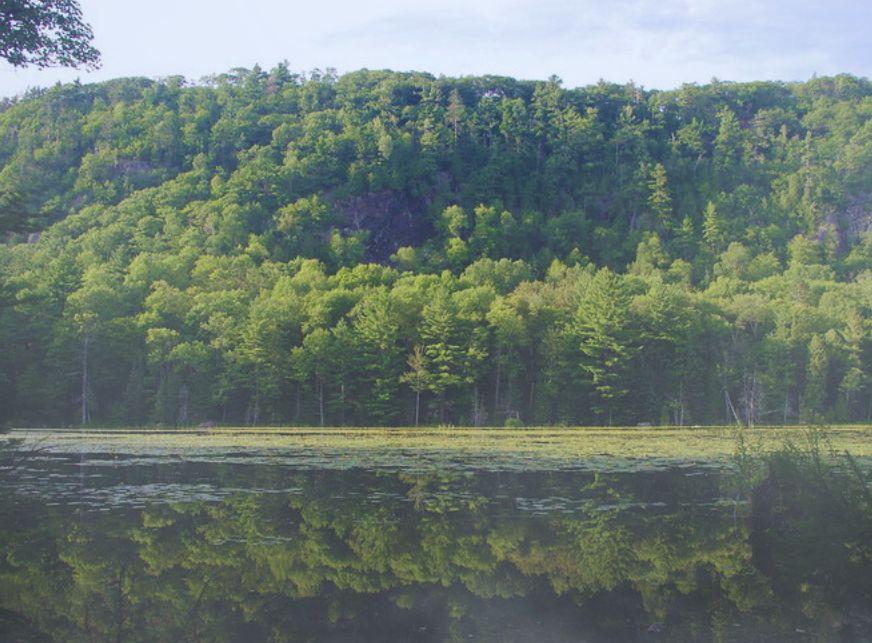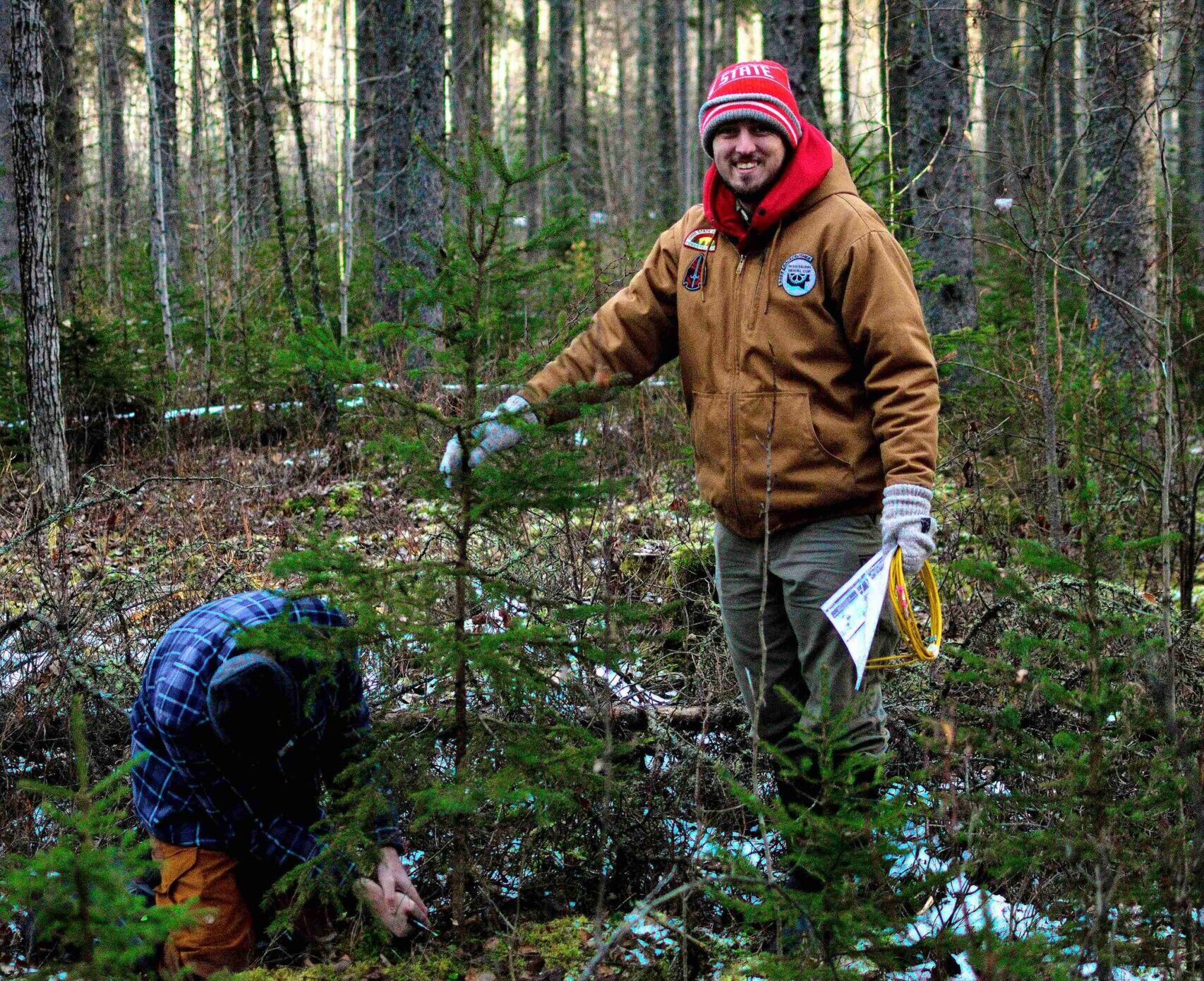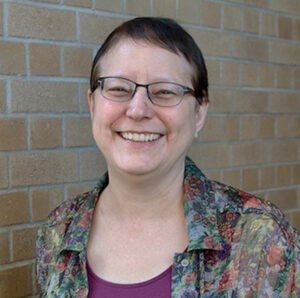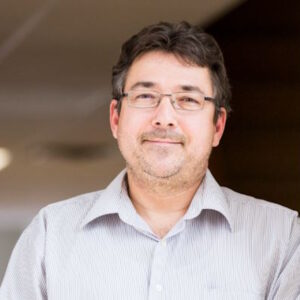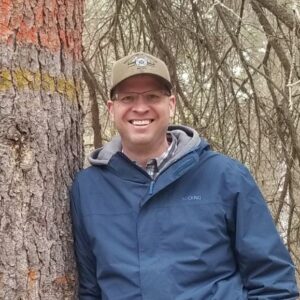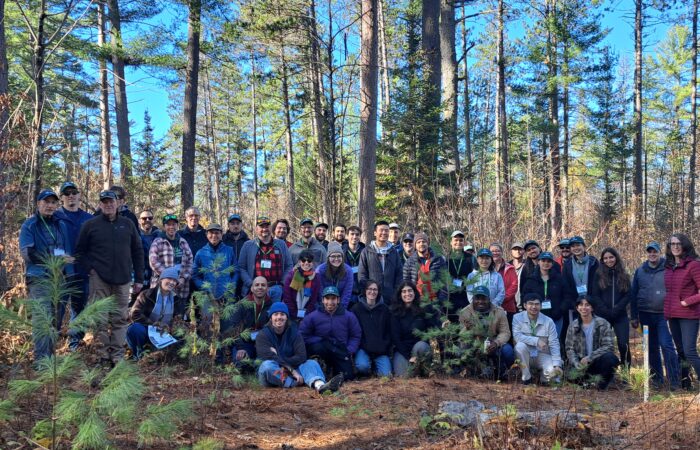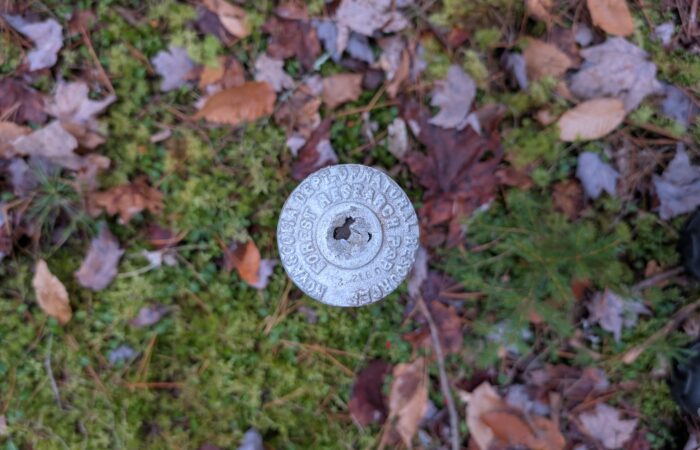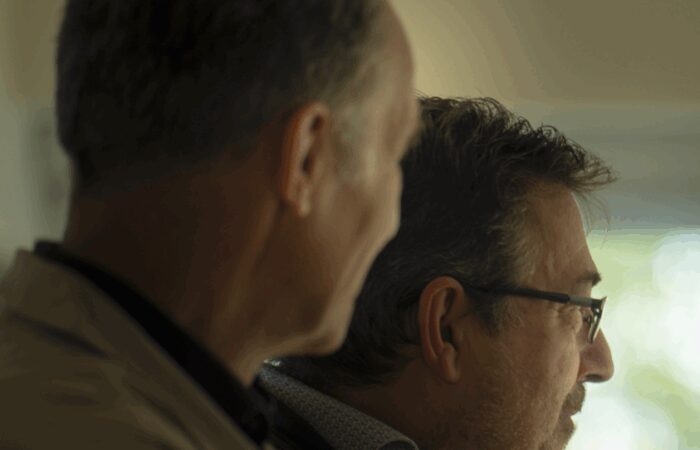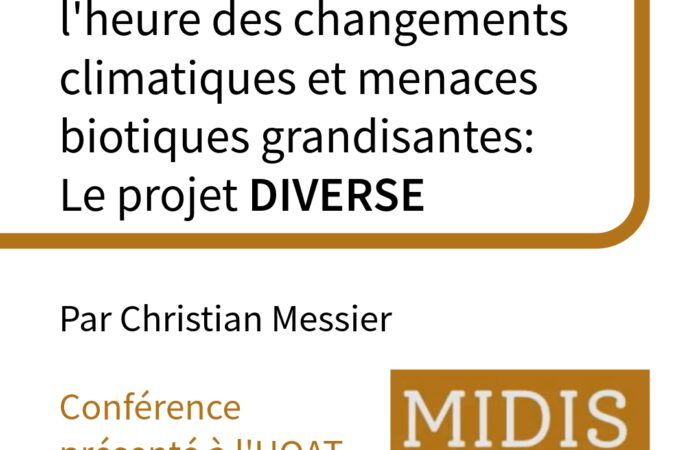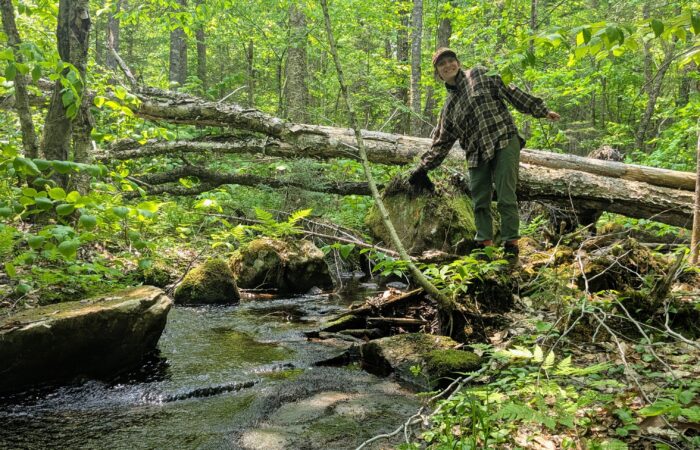- Home
- Who We Are
- Research
- Research Sites
- Research Themes
- Theme 1 | Forest Vulnerability
- Theme 2 | Identification and Selection of Suitable Tree Species
- Theme 3 | Functional Complex Networks
- Theme 4 | Evaluation of Various Forest Management Approaches Under Global Stressors
- Theme 5 | Socio-Economic Conditions and Governance
- Theme 6 | Implementation of Alternative Silvicultural Treatments and Multi-Species Plantations
- The FunTree field campaign
- Project Committees
- Publications
- News and Events
- Contact Us



